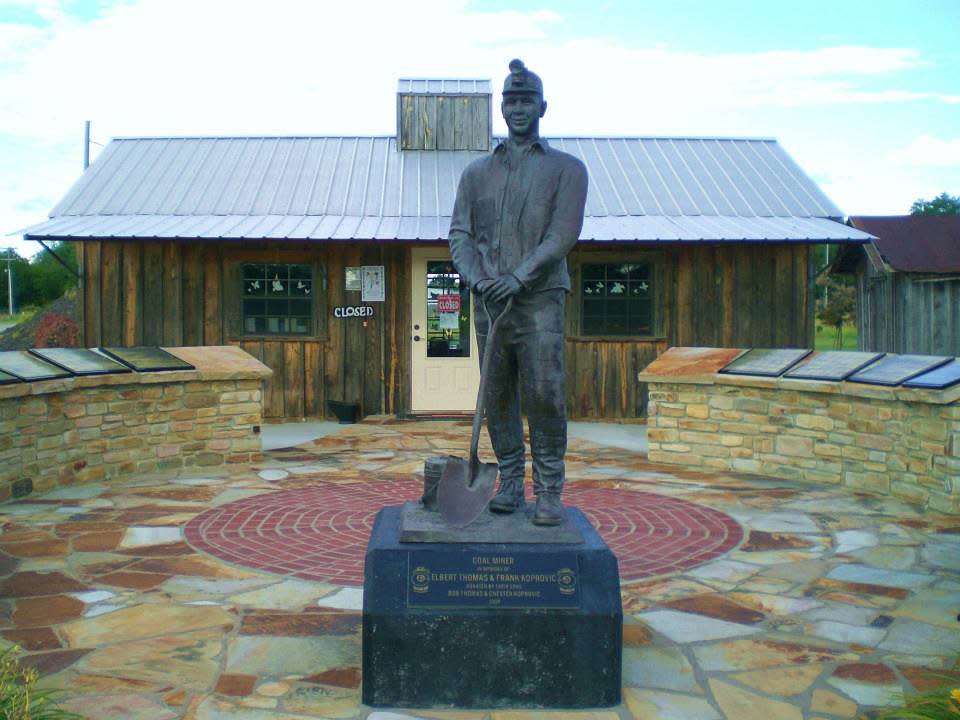Timepiece: Rioting and uprisings in Arkansas coal fields

Memorials to coal miners exist in Greenwood, Paris, Altus, and other area towns. They are testimony to a period of time when extracting coal was a primary industry in the region. Many look back fondly on those days, when communities were thriving and thousands of men were gainfully employed at fairly well-paying jobs. Towns expanded and railroads were extended into isolated communities as business, generated by the mining industry, exploded in the River Valley.
The future may have looked much rosier to community leaders and mine owners than it did to the average worker toiling in the dark, dangerous mine shafts. Seeking better working conditions, most of the men organized into local labor unions associated with the United Mine Workers. By 1910, nearly every area miner was a part of the national organization, and the subsequent conflict between owners and laborers.
The problems reached a peak in 1914, resulting in rioting and bloodshed throughout the coalfields. By that year, there were 100,000 affiliated members of the United Mine Workers, many in District 21, which comprised Arkansas, Oklahoma and Texas.
In April 1914, the Bache-Denman Coal Co., which owned eight large coal mining firms in western Arkansas, decided to withdraw from the union contract to become an open shop. Union workers rioted at Prairie Creek, near Hartford, and shut down the mine. Bache-Denman recruited 15-20 armed guards from Burns Detective Agency to protect their interest. A shipment of 200 rifles, pistols and ammunition was collected for use by a group known as the "Union Guards." This group was supplemented by another 200 armed workers and farmers who brought their own assortment of weapons along for the fight.
A crowd of over 1,000 individuals marched at Prairie Creek Mine on April 6 and tried to persuade the owners and guards to disarm. A violent clash resulted, with the union workers eventually taking over the mine. Bache-Denman responded by hiring more guards.
On July 12, the union mining camp at Frogtown was attacked and bullets ripped through the miners' homes. Stories abound concerning the resulting back-and-forth fighting that went on for days. Some miners swore that dozens were killed in the exchange of gunfire. A week after the initial attack, Frogtown miners were again fired on during the night. Miners poured into Hartford from surrounding towns and marched on the mines. Many of the guards and nonunion workers took flight, but eight were captured, their hands were tied behind their backs and they were marched toward Hartford. An unidentified person came up and shot two of them dead.
The union workers completely destroyed the mines, flooding the shafts and burning the buildings. The owners tried to reopen the mine on Oct. 29, only to have over 3,000 bullets fired into the building. Federal troops were called in to quiet the riot. In most instances, federal marshals and troops took the side of the mine owners.
Years later, I interviewed some of the old miners and their descendants. All had stories of this period of time, many described atrocities and deaths far beyond those officially recorded. Additional stories of unrest between laborers and owners existed. H.B. Stewart of Greenwood showed me the second story window where a machine gun was placed at a mine owner's home, protection from possible labor riots. As late as the 1940s, workers at Jewell Mine in Paris were met by machine gun-wielding guards who instructed the workers, “Git to work or git out and stay out.”
History seldom provides clear right and wrong behavior; however, it does describe the results of anger, violence and hate.
This article originally appeared on Fort Smith Times Record: Timepiece: Rioting and uprisings in Arkansas coal fields

